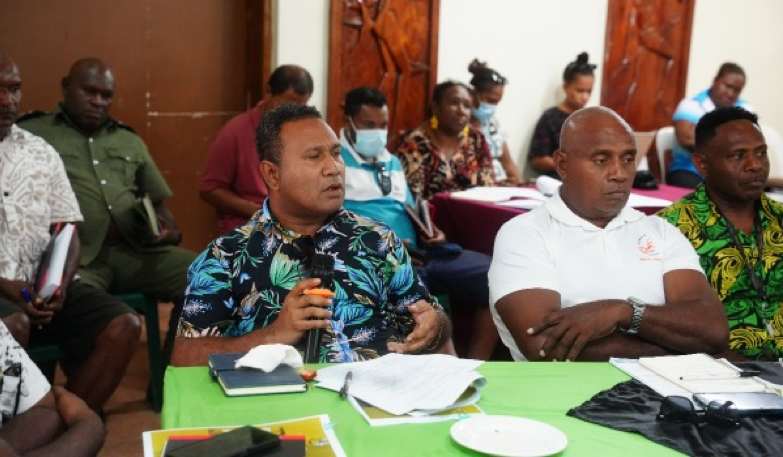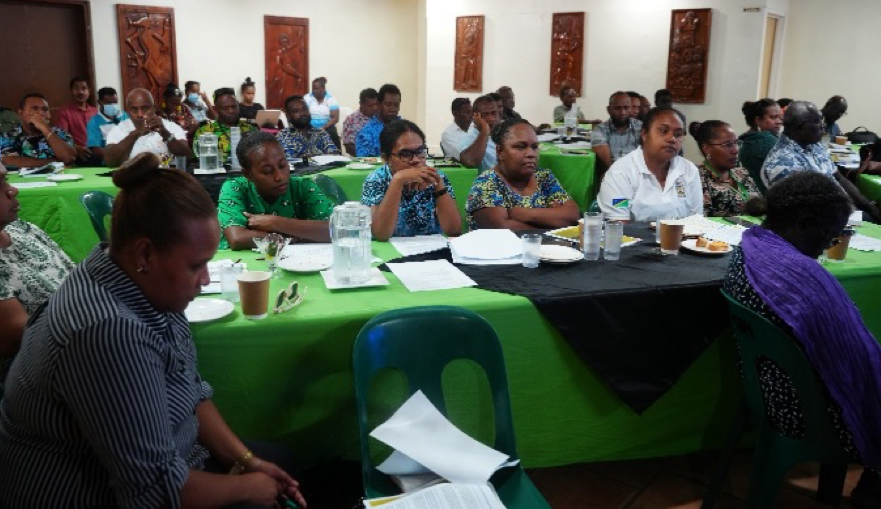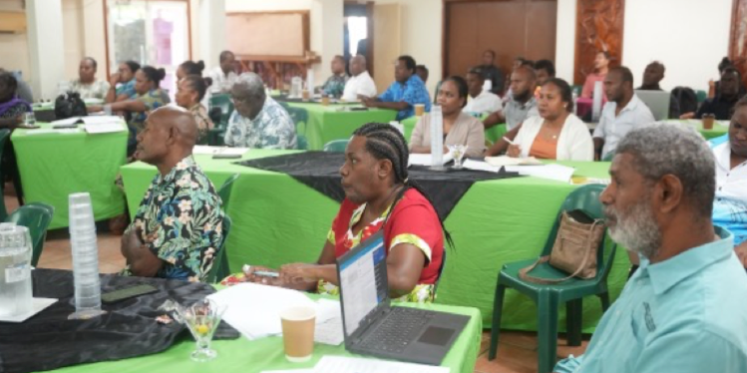A primary purpose of the Government Vehicle Fleet Management Policy, currently under consultation, is to enhance efficiency, reduce operational costs, and ensure accountability in the management of government fleet assets.
Once finalized, the policy will apply to all government ministries, departments, agencies, and affiliated entities that utilize government vehicles, including those with ‘G’ and ‘X’ registrations, as well as hired vehicles.
The consultation, officially launched on Monday, provides an avenue for all government representatives to share insights and valuable experiences to help strengthen this draft policy.
The Ministry of Infrastructure Development (MID), in collaboration with the Attorney General’s Chambers, the Ministry of Home Affairs, the Ministry of Foreign Affairs and External Trade, the Office of the Prime Minister and Cabinet, and the Ministry of Finance and Treasury, has collaborated in recent years to formulate this draft policy.
Its development stems from a 2011 Auditor General performance audit report on the management of the government’s motor vehicle fleet.

The performance audit reviewed six ministries: MID, the Ministry of Finance and Treasury, the Ministry of Public Service, the Ministry of Communication and Aviation, the Ministry of Police, National Security and Correctional Service, and the Ministry of Rural Development.
The audit disclosed many significant issues in the management of the ministries’ motor vehicle fleets.
A major concern was the lack of adequate systems, processes, and documentation to support key management activities.
Responding to these recommendations, this policy is designed to establish a structured and transparent framework for the acquisition, allocation, usage, maintenance, and disposal of all motor vehicles owned, leased, or hired by the government.
Leslie Nate, Director of the Land Transport Management Service Division (LTMSD), highlighted that this policy has been a long time in development, and they were able to advance it this year.
Currently, government vehicle management operates under the Public Service Act Cap 92 and the General Orders Chapter Transport. This existing framework has too many gaps compared to today’s civil work life, making it less relevant.
Under the current arrangement, MID’s LTMSD is responsible for overseeing government vehicles. Mr. Nate stated that this arrangement has placed a strain on their budget and created pressure from all ministries.

While they endeavour to address these issues proactively, it has sometimes resulted in delays and disappointment.
Mr. Nate is adamant that the successful implementation and adherence to this policy, once in practice, will require a concerted effort from all responsible government ministries.
Another consultation will be announced once the draft is finalized.
– MID Press









